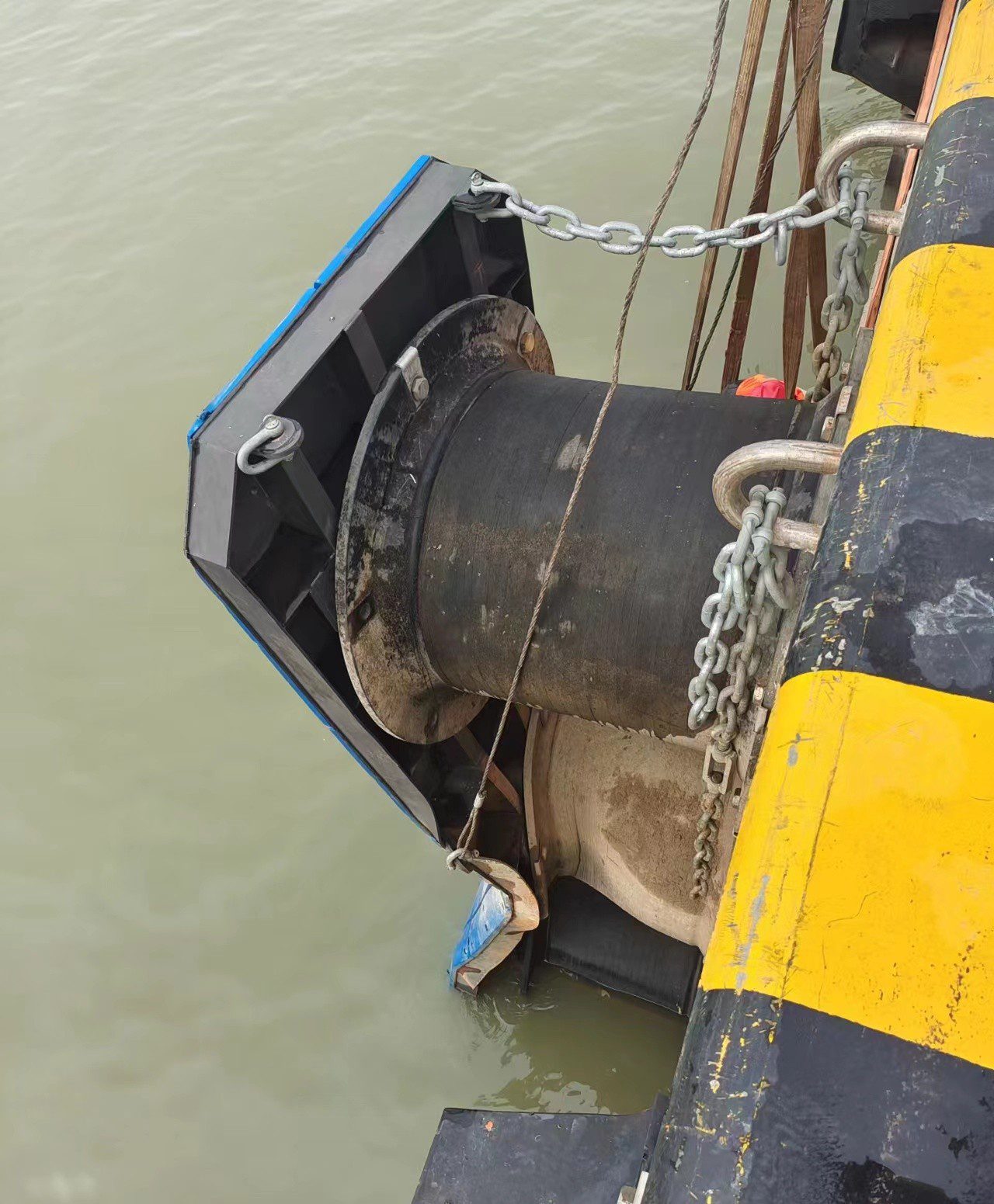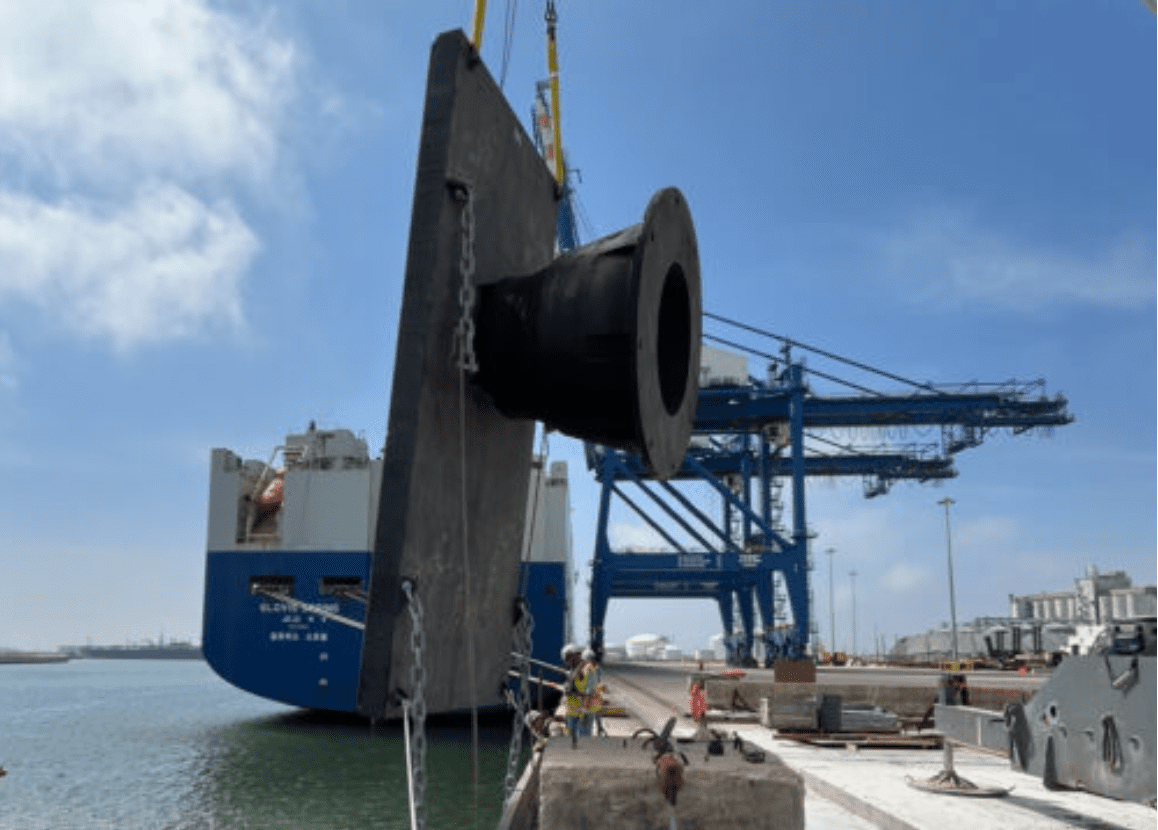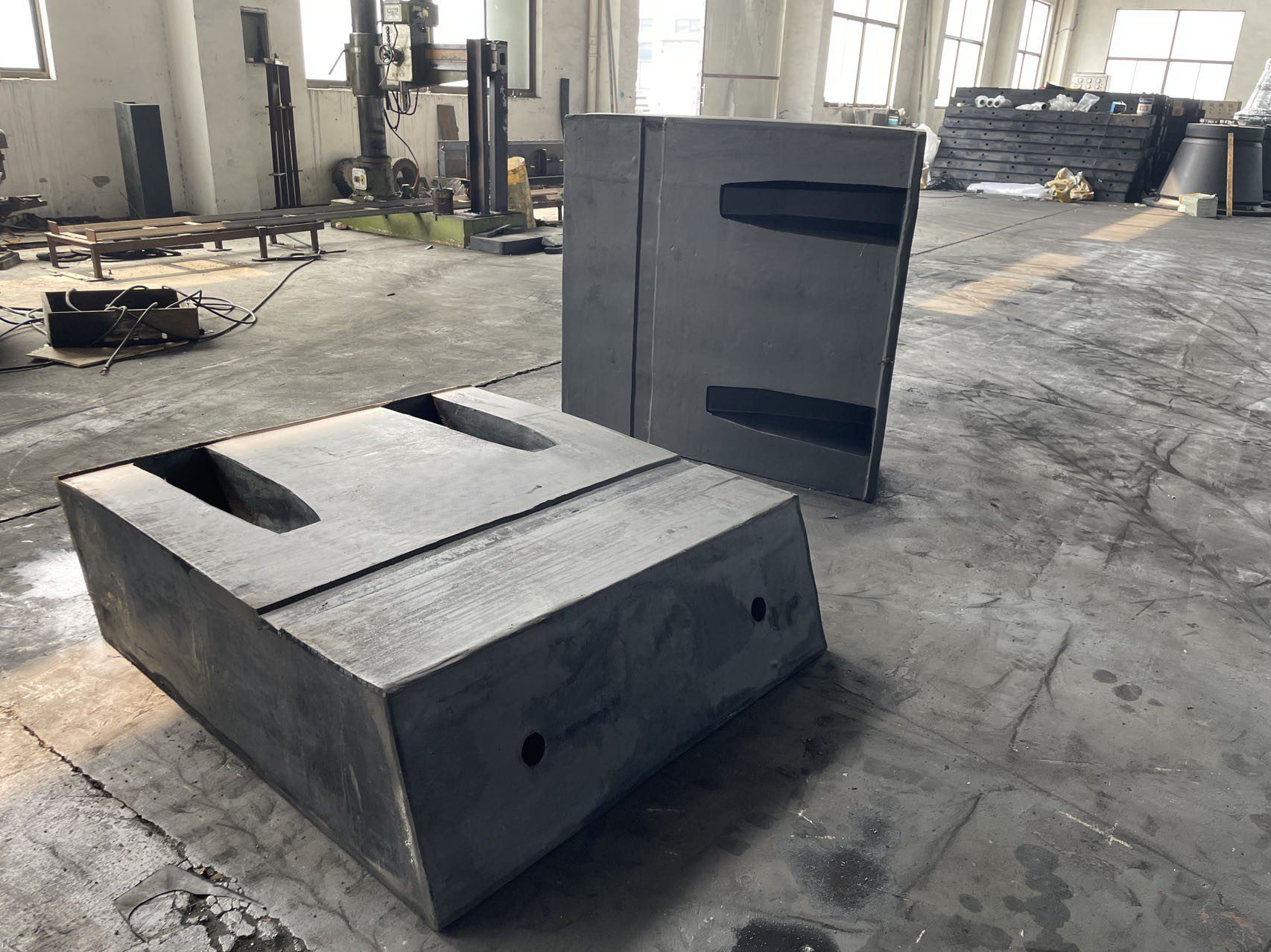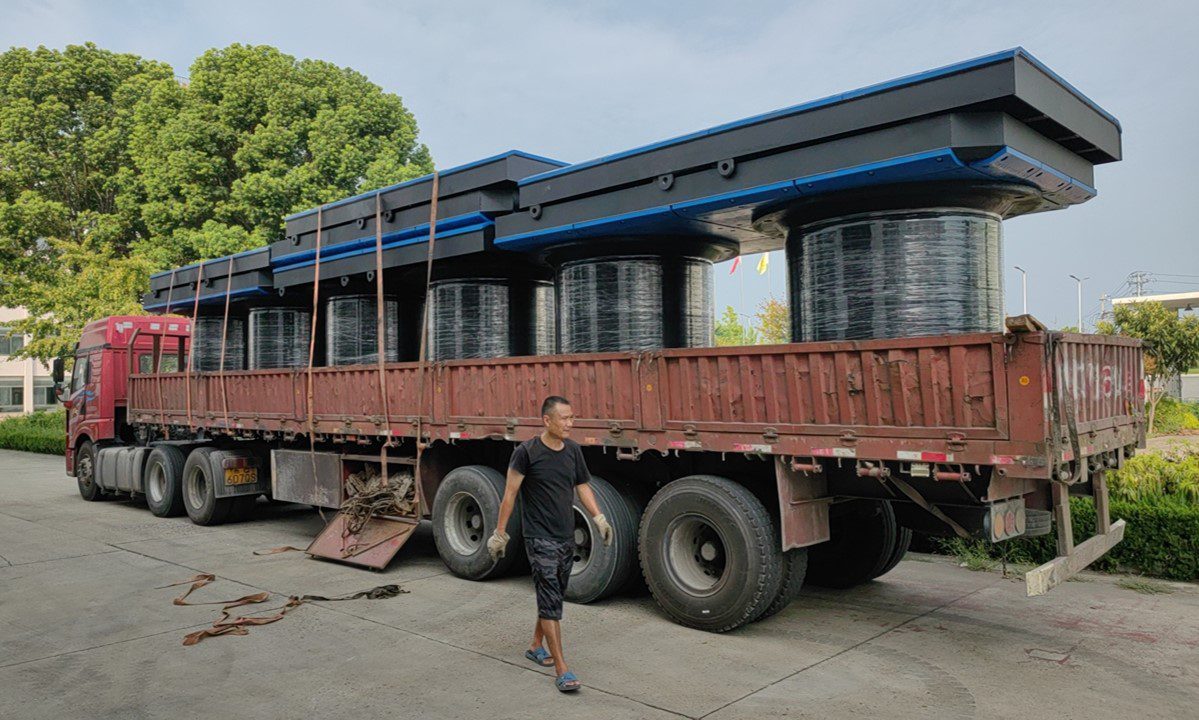Are All Marine Fenders Really 100% Qualified?
Understanding the Mechanical Testing Behind Rubber Fendering Systems
Many engineers and port operators often ask: Are all rubber marine fenders that leave the factory truly qualified?
In practice, it’s rare to hear about fenders being scrapped due to failed testing. In many cases, inspection only includes visual checks and dimensional measurement—if the appearance and dimensions meet specifications, the fenders are approved, shipped, and installed.
However, true quality assurance of marine fender systems (see PIANC Guidelines) goes beyond surface inspection. Besides the basic rubber material properties (such as tensile strength and aging resistance), proper evaluation must include mechanical performance testing—especially compression, oblique compression, impact, and fatigue testing. These tests ensure that rubber fendering (see ResearchGate study) can safely handle real berthing forces and maintain long-term reliability in port safety marine fender systems.
1. Compression Performance Testing
During berthing, rubber marine fenders (see Port Technology article) primarily bear compressive loads, making compression performance one of the most critical mechanical parameters. This test is performed using a high-capacity hydraulic testing machine that applies pressure at a constant rate while recording force–displacement data.
Analysis provides key parameters:
Compressive stiffness – resistance to deformation under load.
Compressive strength – the maximum compressive force the fender can withstand.
These parameters directly reflect a fender’s capacity to absorb berthing energy and maintain structural integrity, ensuring port safety and reliable vessel protection.
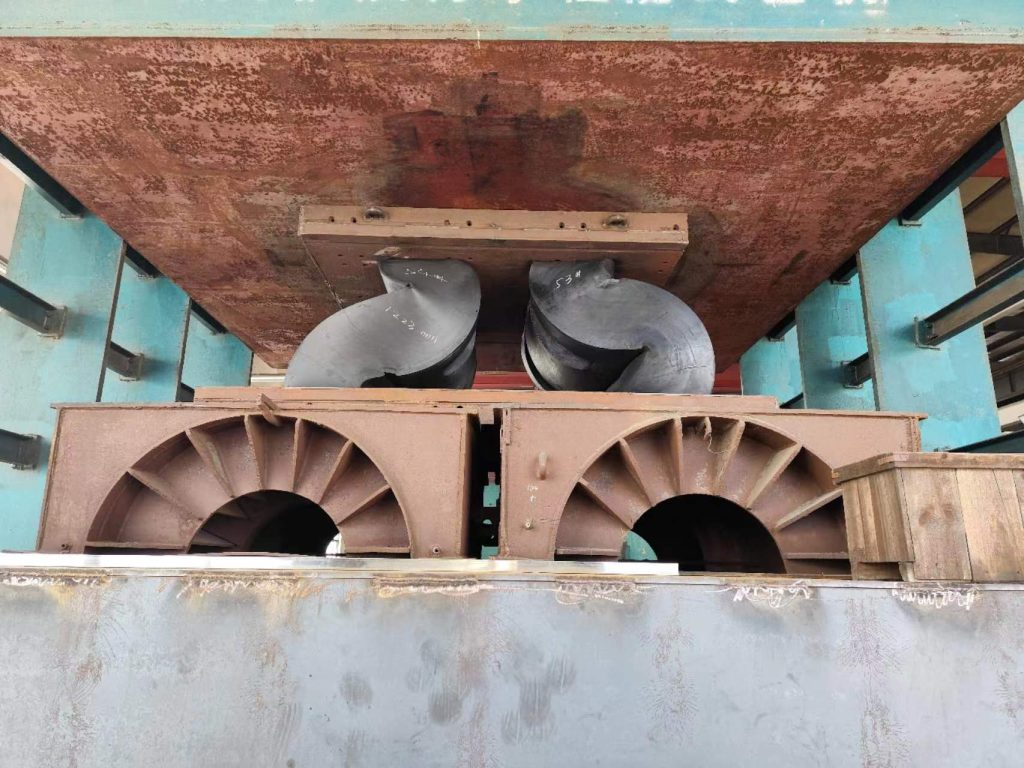
2. Oblique Compression Testing
In real-world conditions, marine fenders often encounter angled impacts. Oblique compression testing evaluates fender performance under such conditions, simulating forces when vessels contact at various angles.
Key metrics:
Angular compression resistance – the fender’s ability to absorb energy when compressed at an angle.
Energy absorption efficiency – how effectively the fender converts kinetic energy into deformation energy during angled impacts.
This test ensures marine fenders (see CDIT Guidelines) maintain reliable energy absorption under realistic berthing conditions.
3. Impact Performance Testing
During real docking, marine fenders may encounter sudden impact loads. Impact tests simulate this using a drop-weight testing machine. Sensors record impact force, duration, and energy absorption.
Key metrics:
Impact energy absorption – how much berthing energy the rubber fendering system can absorb.
Impact toughness – the fender’s ability to resist cracking or damage under sudden impact.
These results help evaluate the safety and reliability of fender systems used in busy ports and terminals. For research references, see ScienceDirect article.
4. Fatigue Performance Testing
Over years of service, rubber marine fenders undergo repeated compression and release cycles, leading to fatigue damage. Fatigue testing applies cyclic loads while recording deformation, energy loss, and potential failure.
Key parameters:
Fatigue life – number of loading cycles the fender can withstand under a specific load.
Fatigue strength – maximum stress the fender can endure without failure within a given number of cycles.
Understanding these factors helps predict service life and plan maintenance or replacement of marine fender systems, ensuring sustainable port safety and operational reliability.
Conclusion
Not every rubber fender system on the market undergoes comprehensive mechanical performance testing. While visual and dimensional checks are necessary, true quality assurance must include compression, oblique compression, impact, and fatigue performance tests.
Only through complete mechanical testing can marine fenders deliver reliable energy absorption and consistent performance—protecting both vessels and port structures during every berthing operation. For detailed guidelines, refer to the PIANC and CDIT standards.

